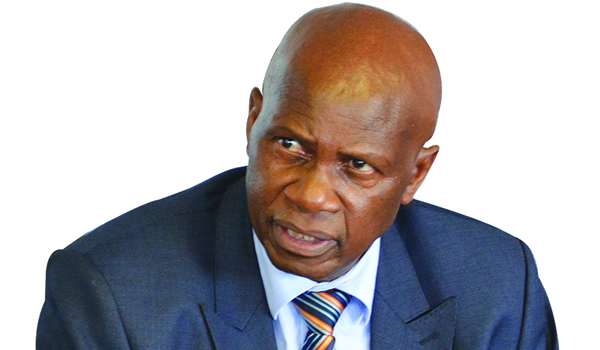


FINANCE and Economic Development Minister Patrick Chinamasa says the country will spend at least $1. 217 bln on fuel in 2015, down from $1.394 bln in 2014 on expected cost savings largely on the back of the falling global prices.
Speaking at an NECF fuel prices dialogue, Chinamasa said the recent reduction in the global fuel prices has had a significant impact on oil importing countries which has resulted in huge cost savings on the fuel bill.
“At national level we spent approximately $1.365 bln on fuel in 2013, and $1.394 bln last year. This year our projection is $1.217 bln,” he said.
He said there were huge savings to be made at the national level, provided that people don’t forget there is a future to save for.
At the same event, Energy and Power Development Minister Samuel Undenge said Cabinet is seized with looking at reviewing the fuel pricing model which he said has been in existence many years.
Undenge said the new pricing model will be centred on current activities in the fuel sector, locally and internationally which will have a bearing on the cost structure.
“A significant change in any cost element of the pricing model will have an impact on the maximum prices,” he said.
Undenge said cabinet is also reviewing the mandatory blending model but he could not divulge much, saying his ministry will issue a statement soon.
Undenge in December last year reduced the mandatory blending level to E5 from E15 taking into account the limited production of ethanol following heavy rains in Chisumbanje.
The Government had earlier increased the mandatory blending level to 15% from 10%. However Undenge said although there have been some challenges in terms of ethanol supply, the country has been receiving adequate ethanol for uninterrupted blending at E15.
Undenge said in terms of fuel infrastructure development, government acquired a fuel storage facility in Bulawayo at a cost of $3.6 mln.
He said this will add to the already existing storage facilities in the country which also cater for regional suppliers in the Southern regions.
Pipeline capacity is currently on design capacity of 4 mln litres per day with consumption also at 4 mln litres, making it difficult for the country to build buffer stocks. FinX
Sorry. No data so far.


